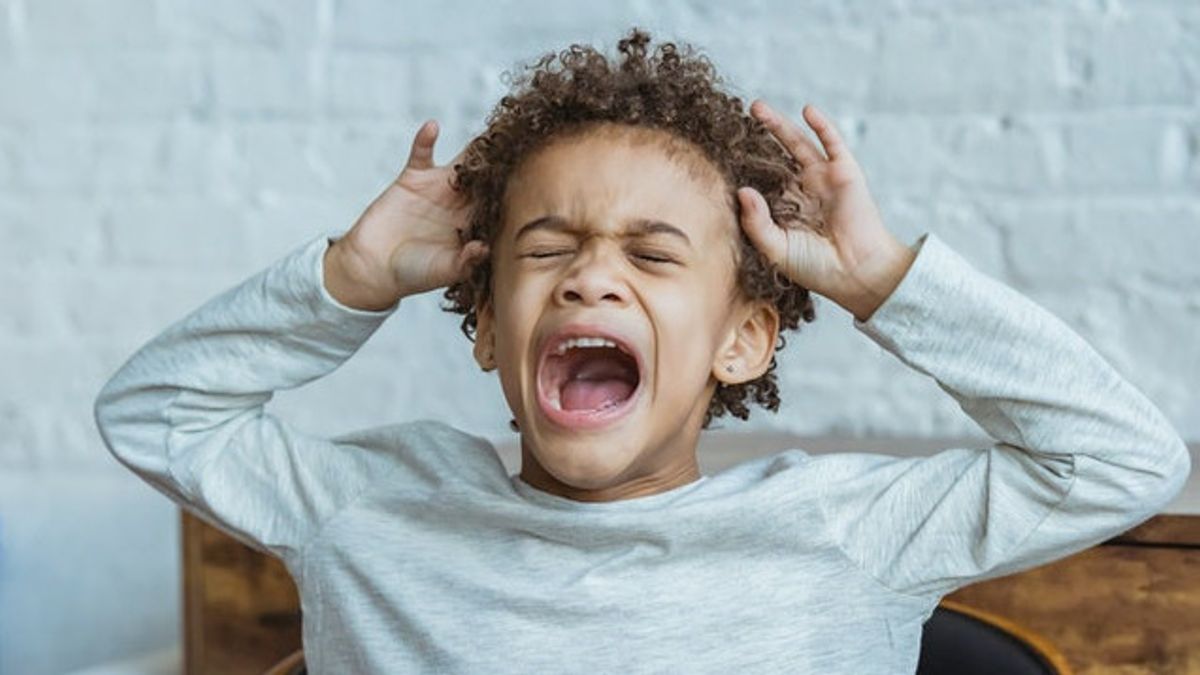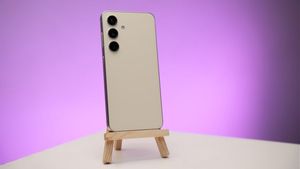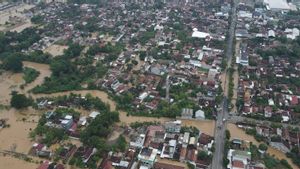JAKARTA - Panic disorder or panic disorder is a specific type of anxiety disorder. Children with panic disorder experience sudden attacks of anxiety, accompanied by intense feelings of fear, and physical symptoms that can feel like a faster heartbeat. Sometimes children will feel uncomfortable both physically and mentally when they have a panic disorder.
Panic attacks also involve a strong desire to escape the situation. The anxiety that arises because of the fear of being attacked by panic will only cause attacks of other disturbances. For this reason, children are asked to calm down when they have a panic disorder.
Children who have panic disorder will try to avoid places or events where panic can appear suddenly. Panic disorder is rare in early childhood, but can strike as a teenager.
Launching the Child Mind Institute, Friday, October 8, signs that parents can use as a benchmark to see if their child may have panic disorder include:
Anxiety attacks come with intense physical symptoms, including a racing heart, chest pain, difficulty breathing, dizziness, nausea and sweating. A sudden and terrible fear of death or losing control. The feeling that this world is not real. A strong desire to escape from wherever they are. Repeated anxiety attacks that come on quickly and reach their worst in about ten minutes. Intense fear of having more attacks. Avoid places where they have had panic attacks in the past or places where escape is difficult, such as crowds or confined spaces.As a parent, of course, you are anxious to see your child has panic disorder. Instead of panicking, parents as role models must be able to have the ability to calm their little ones. There are effective treatments available for children with panic disorder. The treatment involves a combination of therapy and medication.
Cognitive Behavioral Therapy (CBT) is aimed at reducing fears that remind them of situations that trigger panic attacks. Over time, this therapy can relieve a child's anxiety.
Another common treatment is called exposure with response prevention. This therapy helps reduce anxiety by slowly and carefully exposing children to situations that remind them of a panic attack.
Drugs called antidepressants have been shown to be successful in preventing panic attacks in some children. If the effect is less pronounced, then anti-anxiety drugs such as Xanax are sometimes prescribed instead.
The English, Chinese, Japanese, Arabic, and French versions are automatically generated by the AI. So there may still be inaccuracies in translating, please always see Indonesian as our main language. (system supported by DigitalSiber.id)













